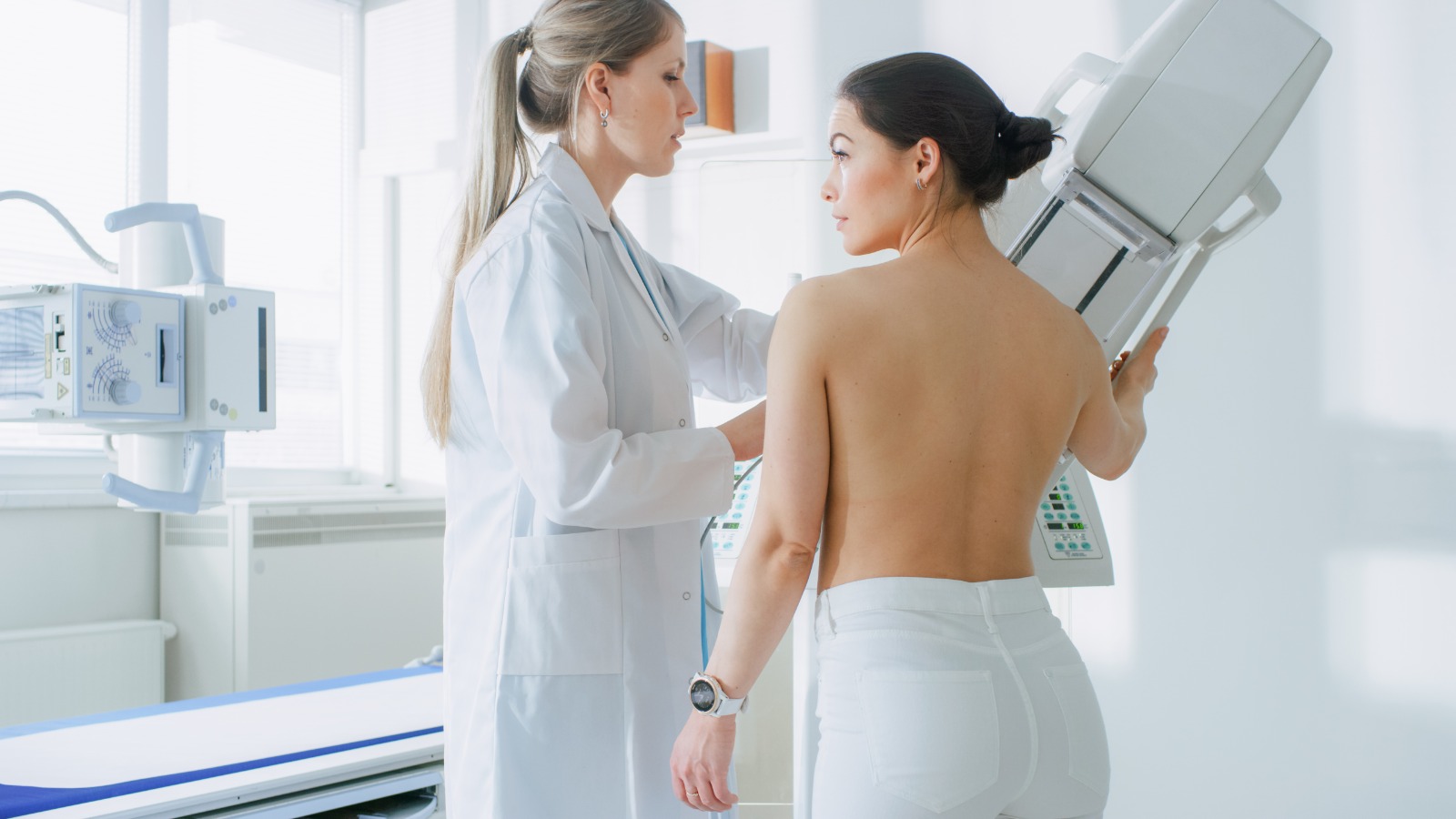
How long does a mammogram take? — Mammogram in Costa del Sol
15/04/2023If you’re looking for a place to get a mammogram in the Costa del Sol and aren’t sure about the procedure, this article is for you. In this section, we will go over the process of getting a mammogram in greater depth, covering topics such as the amount of time it takes as well as the various types of mammograms.
How long does it take?
A mammogram is a relatively short and painless procedure. The entire process typically takes about 15 minutes to complete.
Following a mammogram, a technician will evaluate the image to determine its overall quality. If the image needs to be taken again because it is blurry or does not show the entire breast, a longer appointment time might be required.
Does it hurt?
Mammograms work by pressing the breast tissue between a platform and a plastic plate to get a clear picture of the entire breast. This helps detect any abnormalities that may be present. It's possible that this will make some people feel uneasy, but it shouldn't be painful for anyone.
When scheduling a mammogram, patients should take into account the timing of their menstrual cycle to reduce the amount of discomfort they experience. It is recommended that individuals avoid scheduling an appointment for a mammogram one week prior to a menstrual period as well as during the period itself. This is because the breasts are typically tender and swollen in the days leading up to a menstrual period.
During a mammogram
When undergoing a mammogram, each breast is compressed between a platform and a plastic plate so that an X-ray can be taken of it. The following procedures are typically involved in the process:
- After changing into a hospital gown, the person enters the X-ray room.
- The patient is instructed to unbutton one of their gown-covered arms and step up to the mammography machine.
- After carefully positioning the breast on the machine's flat plate, the technician then lowers a second plate, which spreads and compresses the breast tissue as it works its way down.
- During the time that the X-ray technician is taking a picture of the patient, the patient will need to hold their breath.
- After that, the technician will lift the plate and reposition the breast so that the second image can be taken from a different angle.
- After that, the procedure is carried out once more on the other breast.
- The X-rays are examined by the technician to guarantee that the images are distinct and give an accurate representation of the entire breast. If this is not the case, it will be necessary to carry out the process once more.
Types of mammograms
Mammograms are classified as either screening or diagnostic procedures.
Screening mammogram
A screening mammogram is typically performed as part of a person's regular annual checkup for their health. A screening mammogram is given to a person who does not have any particular health concerns. A screening mammogram is performed with the goal of locating any potential indicators of breast cancer at the earliest possible stage.
Diagnostic mammogram
Diagnostic mammograms are utilised by medical professionals in order to acquire additional information regarding particular regions of the breast. A diagnostic mammogram may be performed on a person if the following conditions are met:
- They have a lump in their breast in addition to other symptoms that may be related to breast cancer.
- Their screening mammogram reveals that there is breast tissue that appears to be abnormal.
- After cancer treatment, medical professionals wish to reconsider a certain area.
- Because they have breast implants, the breast tissue that is located behind the implants cannot be seen on a regular screening mammogram.
A comparison of 2D and 3D mammograms
The majority of people are expected to have a standard of care consisting of a 2D mammogram. The first image is taken from the top of the breast, and the second is taken from the side.
Because of the possibility of these images superimposing one another, it can be more challenging for a radiologist to determine whether or not a patient has dense breast tissue.
Tomosynthesis, which is another name for a type of mammography called a 3D mammogram, creates a 3D image of the breast by taking multiple pictures of it from a variety of perspectives. It is possible that a 3D mammogram will detect breast cancers that a traditional 2D mammogram will not. Additionally, it may enable medical professionals to see beyond areas of density in patients who have dense breast tissue.
Multiple studies point to the possibility that 3D mammograms are superior to 2D mammograms in terms of their ability to detect cancer and their lower rate of producing false positives.
Mammogram in Costa del Sol
If you’re looking for the best establishment for a mammogram in Costa del Sol, the diagnostic imaging facility at Helicopteros Sanitarios Hospital is the first of its kind in Marbella.
With systems like the Optima CT660, Signa Voyager MRI, 64-slice CT, digital radiography, and ultrasound, we offer the most cutting-edge technology.
We have a highly trained and experienced radiology team available to you. Each patient will receive the most precise professional diagnosis interpretation possible thanks to this extensive training.